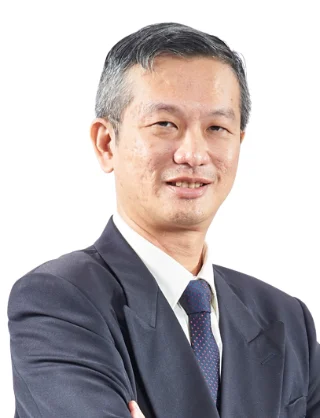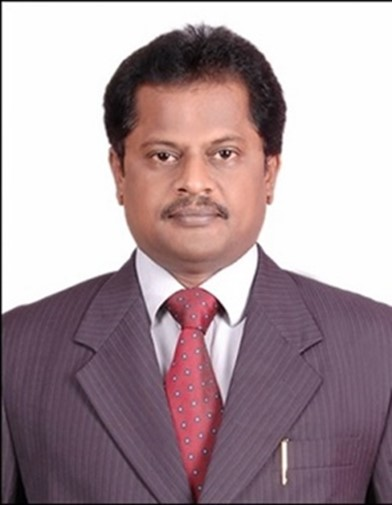Submission Deadline: 31 October 2025 (closed) View: 2232 Submit to Journal
Assoc Prof. Dr. Tze Chuen Yap
Email: T.Yap@hw.ac.uk
Affiliation: School of Engineering & Physical Sciences, Heriot-Watt University Malaysia, Malaysia
Research Interests: dry friction and wear, cryogenic tribology, additive manufacturing, non-conventional manufacturing

Prof. Dr. P. Gurusamy
Email: gurusamyp@citchennai.net
Affiliation: Department of Mechanical Engineering, Chennai Institute of Technology, India
Research Interests: non-conventional manufacturing, wear, additive manufacturing, composites, nanomaterials

Additive Manufacturing (AM), commonly known as 3D printing, has revolutionized the way products are designed, optimized, and manufactured. By enabling layer-by-layer fabrication of complex geometries, AM allows for design freedom, customization, and material efficiency. This technology spans across multiple sectors, and offering solutions for rapid prototyping, tooling, and end-use part production. As the field continues to evolve, integrating advancements in materials science, computational design, and process control, optimizing these technologies becomes crucial for enhancing performance, cost-effectiveness, and sustainability. This special issue explores the design strategies, optimization techniques, and diverse applications of AM technologies, highlighting their transformative potential in modern manufacturing. From topology optimization to material selection, the goal is to provide insights into how AM can be effectively leveraged to address complex engineering challenges, push the boundaries of innovation, and contribute to Industry 4.0 initiatives.
This special issue welcomes original research articles and review articles. Research areas include (but are not limited to) the following topics:
• Design strategies for AM/ Design for additive manufacturing (DfAM)
• Design of new additive manufacturing technologies
• Multiscale Lattice Design
• Topology optimization for AM
• Process optimisation for AM
• Process monitoring and control for AM
• The simulation of AM processes.
• New materials/composites for AM
• New application of AM


 Submit a Paper
Submit a Paper Propose a Special lssue
Propose a Special lssue